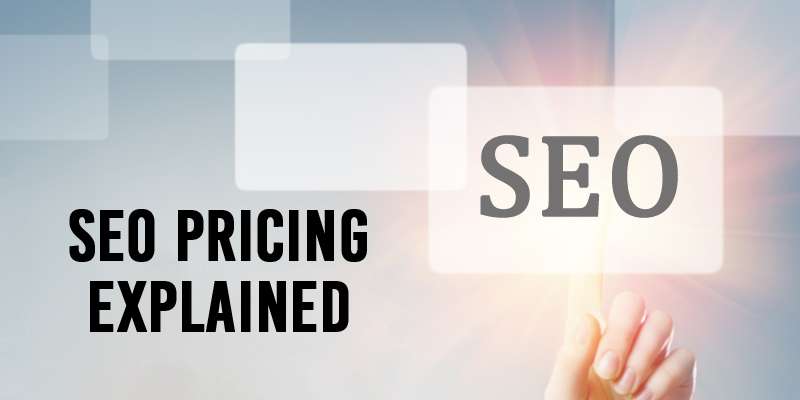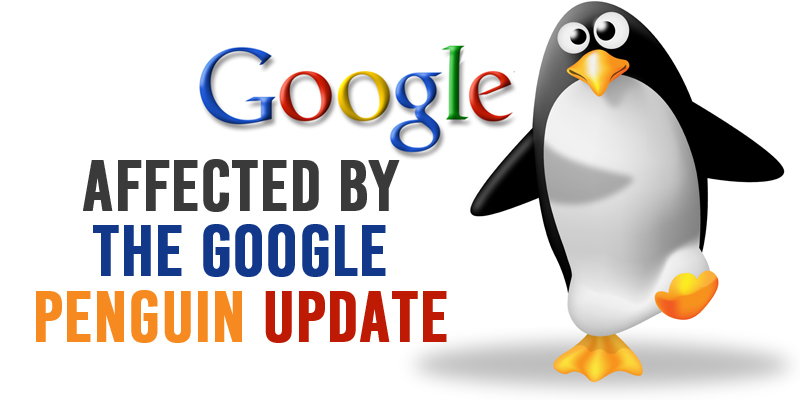
SEO pricing is a complex issue to tackle as it depends on many factors and needs a comprehensive seo analysis. Based on your industry, your competition, your organization’s geographic penetration, SEO can cost anywhere from hundreds of dollars to tens of thousands of dollars or more.
Furthermore, the cost of SEO also depends on the project model followed by your SEO vendor of choice.
TYPES OF SEO VENDORS
Let us first look at the various types of SEO providers that are available to you:
Freelance SEO Experts – Thanks to the high-speed internet, many people now can perform these 25 best online jobs on the Internet and make a living. Most Freelancers are good but again, we suggest that you do you homework before signing on the dotted line. Remember, it is the overall approach – the team approach – that counts and most freelancers are not team oriented given that they are freelancers. Hiring a freelancer can be the most economical option.
Offshore SEO Companies – The ones that offer to “do” your SEO starting at $199 per month – a lot of these are link building factories located outside the USA. Proceed with extreme caution and make sure you check previous work and references extensively before engaging. It’s not so easy to find a good service.
Dedicated Internet Marketing Agencies – Dedicated marketing agencies will have the most expertise and will have multiple teams in-house to handle all aspects of your SEO but they can be pricey and the majority of these agencies generally prefer to work with larger clients. A lot of these will not be able to offer related and/or required services (such as performance optimization, code adjustments and similar) in house.
Web Development & Internet Marketing Companies – Typically midrange pricing – that offer the best of the breed in expertise in design & development as well as digital marketing and are usually able to provide most, if not all, related and/or required services in-house.
SEO PROJECT MODELS
The following pricing models are common in the SEO industry.
Fixed Cost – A fixed project cost includes a specific set of activities and generally lasts a finite, pre-determined time. The cost of the project may be payable in several installments. Upon conclusion of the project, you have the option to extend, or engage in a new project.
Fixed Cost plus Monthly Retainer – Generally, a fixed, one-time cost for work such as onsite optimization followed by a monthly cost for ongoing optimization with a pre-determined duration of the project so there is no abuse such as “your rank will drop if you stop SEO”.
Performance Based – Where the charges apply once your website starts to rank at a certain predetermined position on a search engine(s) of choice and these rates go up as the rank of your website increases from the 20s to the top 3s.
Hourly – A fixed hourly rate is charged for work performed; this rate depends on how your vendor of choice is positioned in the SEO playing field.
Individual Services – Some SEO vendors will split a project into several chunks: initial audit, on-page optimization, keyword research, link building and charge either on an hourly basis, or on a fixed-cost basis for each chunk. This allows you the flexibility of engaging in one or more of the “chunks”. The type of vendor you select further adds to the pricing equation.
SEO PRICING
In most cases, SEO starts with an audit (or assessment) of your website, followed by keyword research & selection. One-time on-page optimization such as updates, changes and modifications to your website and content updates come next – these are all part of on-page (on-website) optimization. Off-website work focuses on ongoing link building and may also include ongoing social media/profile optimization. Ongoing work also includes monitoring and reporting.
Please note that the pricing model presented below is specific to our company, however, it should give you a good benchmark. Let us look at the steps of SEO one by one:
SEO Audit
| Typical Effort |
Type |
| 8 to 32 hours |
One-time |
A typical SEO audit can take anywhere from 8 to 32 hours to complete and depends on factors such as the complexity of your website, competitiveness on search engines, how well the website is designed/developed and whether it has been optimized previously or not…it is also affected by the regularity of content updates, social media presence and many others.
Keyword Strategy, Research & Optimization
| Typical Effort |
Type |
| 8 to 40 hours |
One-time |
A solid keyword strategy is critical for the success of SEO. Keyword research is a time-consuming affair; time should be invested in this part of the process given the importance of selecting proper keywords. Coming up with the proper keywords can take anywhere from 8 to 40 hours.
On-page (on-site) optimization
| Typical Effort |
Type |
| 0 to 60 hours per month |
Ongoing |
Depending on the outcome of the SEO audit and keyword research, this step can take anywhere from 0 to 60 hours to complete. On-page or on-site optimization refers to structural updates or changes that need to be made to the website itself, hence the term “on-page” or “on-site”. Not all websites need the same amount of updates; in rare cases, zero updates may be needed.
Off-page (off-site) Optimization
| Typical Effort |
Type |
| 18 to 80 hours per month |
Ongoing |
Off-page optimization depends on the number of keywords being promoted; the geographic reach (i.e. local, regional, national or international) and competitiveness of the keywords and the industry. Ongoing off-page optimization can take anywhere from 18 to 80 hours per month.
Monitoring and Reporting
| Typical Effort |
Type |
| 6 to 12 hours per month |
Ongoing |
Without monitoring and reporting it would be difficult to assess the effectiveness of the effort(s). It is important to monitor visitor traffic, behavior and search patterns on a regular basis so that SEO efforts can be adjusted as needed and keywords can be changed when required. Ongoing Monitoring and Reporting generally requires 6 to 12 hours per month.
CONCLUSION
Typical Effort Type
| Typical Effort |
Type |
| 16 to 120 hours |
One-time |
| 24 to 92 hours per month |
Ongoing |
SEO pricing varies and is highly dependent on the agency or company you choose to work with. As an example, top SEO agencies can charge tens of thousands of dollars just for their SEO audit and an annual SEO contract can run in the low 7 figures.
There is no hard and fast rule to SEO pricing – but remember the old adage – cheaper is generally not better and at the same time, the most expensive option may also not necessarily be the best.
What pricing model has worked best for you?






